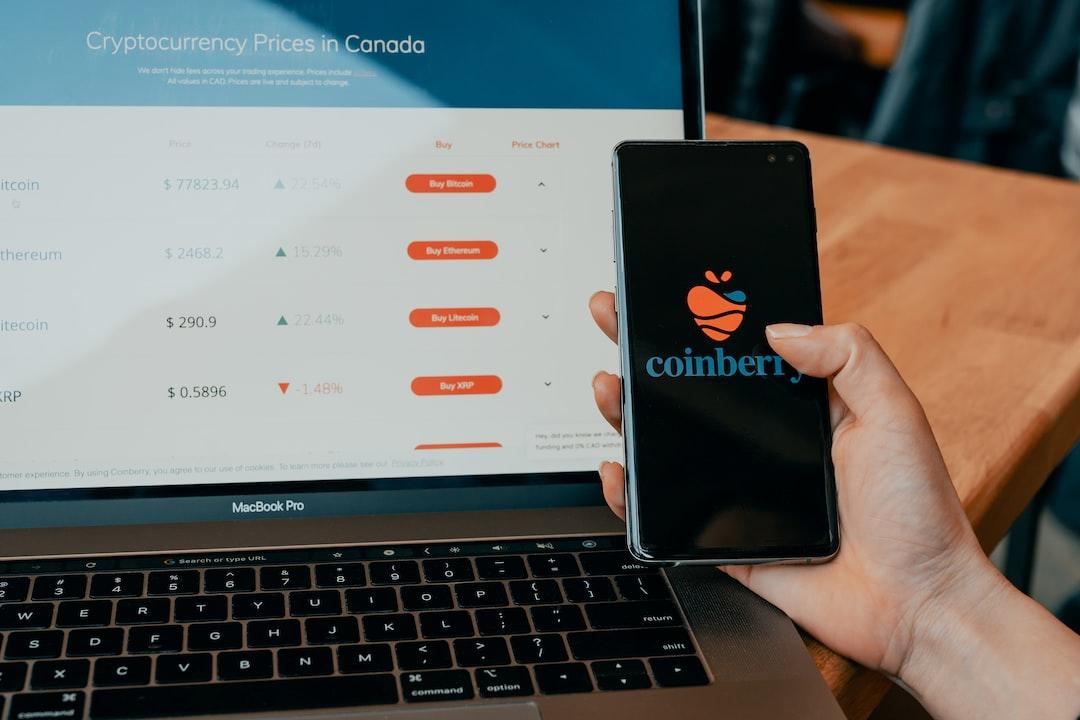Ripple is gearing up to introduce a new stablecoin pegged to the USD, entering a competitive market alongside established players like USDT and USDC. The company’s strategic focus on Dubai, known for its favorable regulatory landscape in the Middle East, is seen as a key driver for its expansion plans in the region.
In a recent conversation, Reece Merrick, Ripple’s Managing Director for the Middle East and Africa, shed light on the company’s upcoming stablecoin launch. He highlighted the growing demand for stablecoins and Ripple’s preparedness to make a significant impact in this space. Merrick pointed to Dubai’s progressive regulations as a crucial factor influencing Ripple’s decision to broaden its footprint in the Middle East and Africa.
Merrick praised Dubai’s forward-thinking approach to regulations, which has provided a conducive environment for Ripple’s operations over the past four years. Leveraging the city’s fintech-friendly ecosystem, Ripple has actively promoted the adoption of crypto and blockchain technologies. The supportive regulatory framework in Dubai has opened doors to various opportunities, making it an ideal hub for Ripple’s latest initiatives.
As the stablecoin market continues to expand rapidly, projected to reach $2.8-$3 trillion by 2028 from its current value of $150 billion, Ripple is positioning itself strategically. Merrick emphasized the importance of compliance and regulation in this evolving market landscape, underlining Ripple’s commitment to security and adherence to laws. The new stablecoin aims to address the escalating need for efficient global payment solutions, particularly from financial institutions.
Ripple President Monica Long echoed Merrick’s sentiments, emphasizing the company’s track record of trust and compliance spanning a decade. She highlighted the introduction of a USD-backed stablecoin as a response to customer demands and as a step forward in enhancing global payment systems. Long emphasized that the stablecoin aligns with Ripple’s vision for advancing cross-border payment infrastructure.
In addition to the stablecoin venture, Long discussed the potential for XRP-spot ETFs, considering XRP’s regulatory clarity and strong market presence. With regulatory approval in the United States, XRP and Bitcoin stand out as a few cryptocurrencies with official backing. Long pointed out XRP’s consistent ranking among the top ten crypto assets by market capitalization and substantial daily trading volume, making it a viable candidate for ETFs.
Ripple’s strategic alliances are expected to further bolster XRP’s value, with talks of potential partnerships in the pipeline. Notably, the Russian President’s announcement of an independent payment system incorporating XRP for cross-border transactions could significantly elevate XRP’s market value and solidify Ripple’s position in the global fintech landscape.
Despite recent fluctuations, XRP has shown a marginal increase of 0.52% in the last 24 hours, currently priced at $0.4958. The trading volume has slightly decreased by 0.65% to $802,083,030. Over the past week, XRP has seen minimal movement with a 4.97% fluctuation in value, ranging between $0.4711 and $0.5322. While XRP remains below its all-time high of $3.29 from January 4, 2018, marking an 87.08% decrease, its market value continues to reflect significant volatility and a prolonged downward trend.


